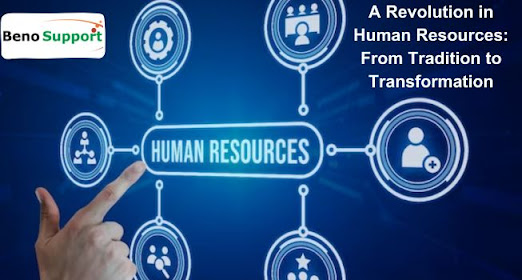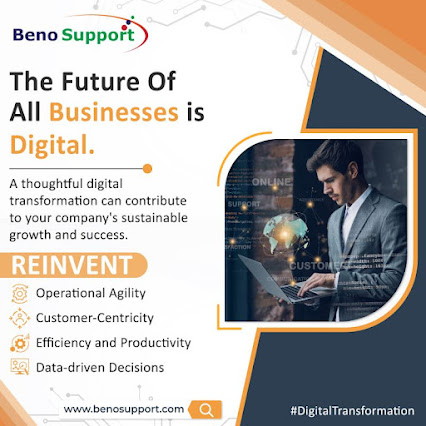A Revolution in Human Resources: From Tradition to Transformation
Introduction:
The job of human resources (HR) has changed from a traditional administrative function to a strategic driver of organizational success in the ever-changing economic and technological context. This change represents an evolutionary shift in how businesses see and apply HR practices. Let's explore the evolution of HR, from its conventional beginnings to its present level of transformation.
The Traditional HR Landscape:
In the past, human resources (HR) was frequently viewed as a support role, principally in charge of administrative duties like payroll, hiring, and compliance. Instead of strategic value addition, transactional processes were the main focus. The ability of HR to promote growth, innovation, and employee engagement was hampered by this constrained viewpoint.
The Change Catalysts:
The revolution in HR was sparked by a number of elements. Automation, data analytics, and cloud-based HR management tools in particular have made it possible for HR managers to expedite operations and have access to useful information. In addition, the demographics of the workforce were changing, with a multigenerational workforce and an increasing emphasis on remote labour.
Changes in the Transformational Shift:
The transformative shift resulted from the revolution in HR and affected how businesses see and use their human capital. Instead of being a department operating in isolation, HR has evolved into a key ally in accomplishing organizational objectives. In this shift, there were:
1. Strategic personnel planning:
HR experts started working with top management to connect personnel planning to corporate goals. The organization had the appropriate individuals in the right roles at the right times thanks to this proactive approach.
2. Decision-Making Driven by Data:
HR strategies now place a high priority on data analytics. Data has been used by HR departments to pinpoint trends, foresee talent needs, and create individualized employee experiences that improve engagement and retention.
3. Employee-Centric Approach:
Treating employees as valuable assets was a key component of the revolution. This resulted in policies that were focused on the needs of the employees, flexible work schedules, and learning and development opportunities catered to personal goals.
4. Adopting Technology:
AI and automation have altered HR operations, giving HR professionals more time to concentrate on strategic responsibilities. Employee queries were simplified by chat bots, while candidate sourcing and selection were improved by AI-powered technologies.
5. Creating an Innovative Work Environment:
Revolutionized HR understood that an innovative work environment starts with motivated and engaged employees. This resulted in the establishment of programmers that encourage staff innovation, teamwork, and purpose.
In conclusion
The transition from conventional HR procedures to a transformative strategy has changed what an HR professional does. They are now strategic partners who help an organization grow and succeed, not just administrators. An era where data-driven insights, technology, and an employee-centric focus collide to produce a strong catalyst for change has been brought about by the revolution in HR. As the corporate environment changes, HR's role in advancing transformation is more important than ever. For organizations looking to succeed in the competitive business world, embracing this change is not simply a choice—it's a requirement.
Beno Support is here with the best staffing consultancy service. We have been consistently serving our clients with professional staffing and recruitment services. Get in touch with us to make your venture grow in all possible magnitudes.



Comments
Post a Comment